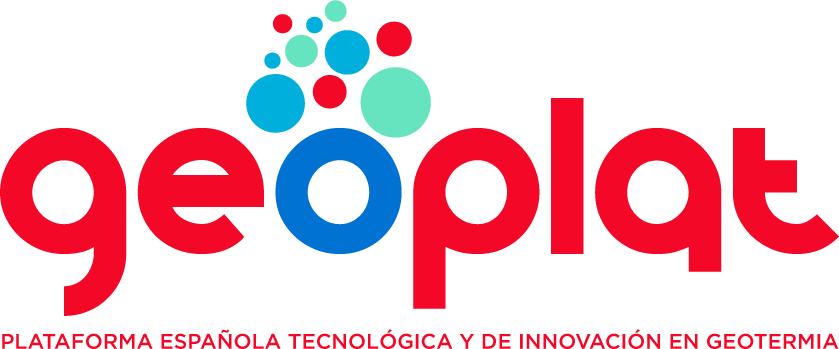11 Jan 2024
The 9 reasons why the DOE (USA) is betting on geothermal energy:
- It is green. It provides energy by harnessing the heat that flows continuously from the Earth’s interior to the surface without burning fossil fuels.
- It is always available and flexible. It is a reliable source of clean energy that is not dependent on the weather, which means it can be harnessed 24 hours a day, 7 days a week. Its power output can also be increased or decreased, responding quickly to the needs of the moment.
- A mature technology but one that offers exciting new opportunities. It has been used for electricity generation in the United States for more than six decades and for district heating since 1892! However, new opportunities are emerging all the time, such as stimulated geothermal systems that can help create geothermal electricity across the country.
- Enables energy storage. It offers underground energy storage capabilities, which are essential for grid stability and flexibility and complement intermittent renewables such as solar and wind.
- It has great potential. In the US, it has the potential to generate 90 gigawatts of electricity by 2050, the equivalent of powering more than 65 million US homes. It can also heat and cool homes, businesses and even entire communities, with the potential for more than 17,000 district heating systems and the equivalent of 28 million geothermal heat pumps by 2050.
- It leaves a minimal footprint. If all renewable energy sources were challenged to generate the same amount of energy, geothermal would do so using the least amount of resources and space.
- It can be used anywhere it is needed, and its energy goes beyond the electricity sector. Its geothermal heat pumps provide efficient heating and cooling systems for homeowners, communities and businesses across the country.
- It can meet other demands for the future of clean energy. For example, extracting lithium from brines used in energy production can provide a domestic supply of this critical mineral, which is essential for battery storage and electric vehicles. It can also help hydrogen production.
- It can help remote communities. It can be deployed in rural and island communities to provide them with electricity. It can also provide heating and cooling and small manageable electricity production to those who rely on propane and diesel for their heating needs.
Source: DOE
